2018-11-24
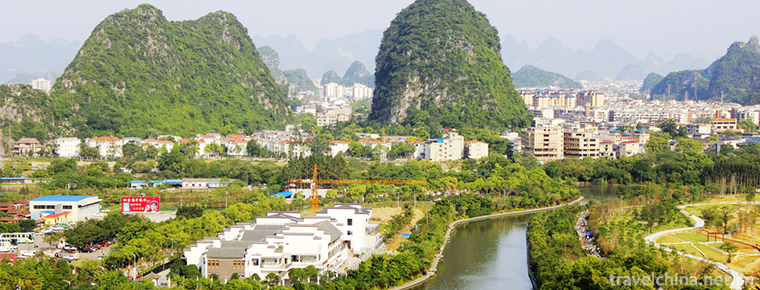
- By ChinaWiki.net
- Chinese Edition
- 2019-01-21
Jiangwan Scenic Area of Wuyuan
Jiangwan Scenic Area, National AAAAA Tourist Scenic Area.
Jiangwan Scenic Area is located in the northeast of Wuyuan County, Jiangxi Province, Shangrao City. It is an ancient village with rich Huizhou culture. Up to now, the village has preserved a large number of Hui-style ancient buildings, such as three provincial halls, Dunchong Hall, Peixintang Hall, Tengjia Old House and other scenic spots such as Xiaojiang ancestral hall, Jiangyong Memorial Hall, Nanguanting, Beidou Qixing Well. The famous Xiaojiang ancestral temple, once known as the "best ancestral temple" among the 70 famous ancestral temples in the south of the Yangtze River, is the first of the four ancient buildings in Wuyuan. It has a large scale, grand architecture, fine sculpture, rich humanities and a long history, showing the Royal style.
Zhong Lingyu-xiu, Jiangwan Scenic Area, in order to show Wuyuan's cultural characteristics, newly built Baigong Square, Advocating Hall, Commune Dining Hall and other scenic spots in Jiangwan Scenic Area, allow visitors to experience the traditional skills of old craftsmen, watch Hui Opera, Wuyuan Folk Opera and other traditional operas, which have great historical value and ornamental value.
Development history
Jiangwan Scenic Area is located in Wuyuan County, Jiangxi Province. It is a national 5A scenic area. Jiangwan Scenic Area has built a new tourist service center covering 1013 square meters, 1688 square meters and recently invested 8.2 million yuan. It has also invested 4.5 million yuan to build an ecological parking lot according to the standard design. From the newly built visitor service center to the ticket checking hall (changed from the old visitor service center), there is also a green landscape belt about 500 meters long. Visitors can see the flowing water of Liyuan River and the lush forests of Houlong Mountain. Hou Long Shan has also built a new 800-meter-long walking path with four viewing platforms on the way. At the same time, the ancestral hall square, Yongsi Street, Nanguanjing and the houses in sight in the scenic area were reconstructed.
Main attractions
In order to show Wuyuan's cultural characteristics, Jiangwan Scenic Area has also built a number of new scenic spots, such as Baigong Workshop, Advocacy Hall, Commune Cafeteria, so that visitors can experience the traditional skills of old craftsmen and watch Hui Opera, Wuyuan Folk Songs and other traditional operas.
Zhong Ling Yuxiu's thousand-year-old Zhenjiang Bay is the ancestral home of Comrade Jiang Zemin. There are still a large number of Hui-style ancient buildings such as the Three Provincial Halls, Dunchong Hall, Peixintang Hall, Tengjia Old House and other scenic spots such as Xiaojiang ancestral hall, Jiangyong Memorial Hall, Nanguanting, Beidou Qixing Well, which are of great historical and ornamental value. It is the first 5A-level scenic spot in Wuyuan.
Tourism information
Best travel time
Best tourist season: March-May or September-November. Spring and autumn are the best. Spring can enjoy rapeseed flowers, autumn is the convergence of various colors. The scenery is good in summer, but the weather is hot. Although winter is not cold, the scenery is less beautiful than spring and autumn, but there are fewer tourists at this time.
Ticket information
Adult pass: 210 yuan, valid for 5 days (including 14 scenic spots: Li Keng, Jiangwan, Wangkou, Wolong Valley Natural Oxygen Bar, Jiangling, Lingyan Scenic Area, Baizhu ancestral temple, Sixi Yancun, Yantian Guzhang, Wengongshan, Shicheng, Rainbow Bridge, Xiaoqi, Yuanyang Lake), and Jiangwan single ticket is 60 yuan. Student tickets cost 105 yuan at half price.
Traffic information
There is a direct bus from Wuyuan County Bus Station to Jiangwan, about half an hour's journey.

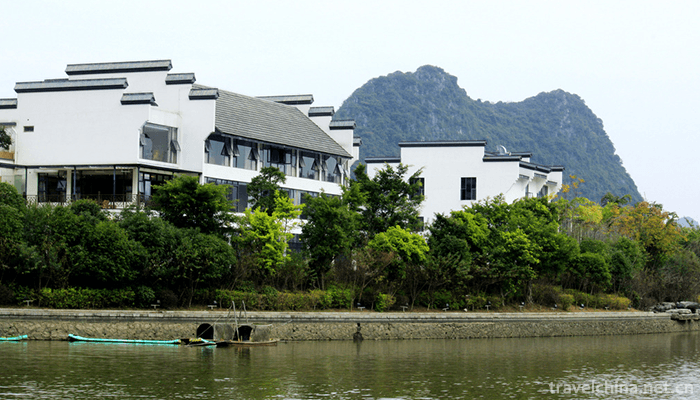
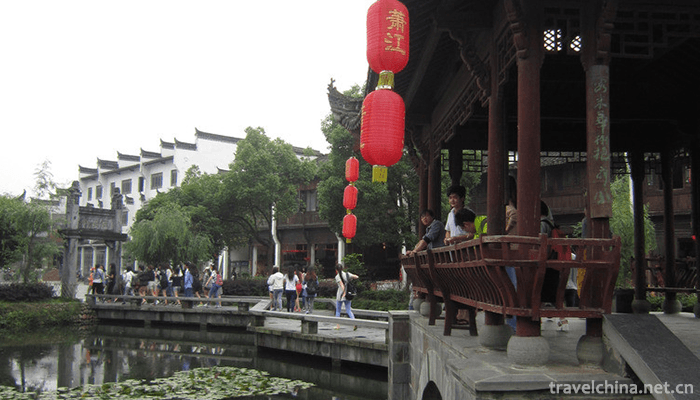
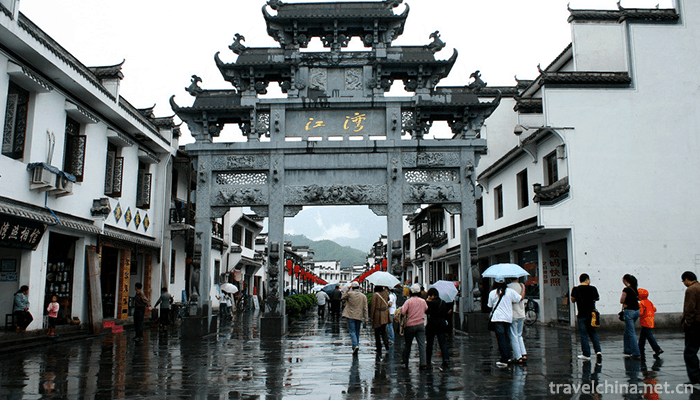
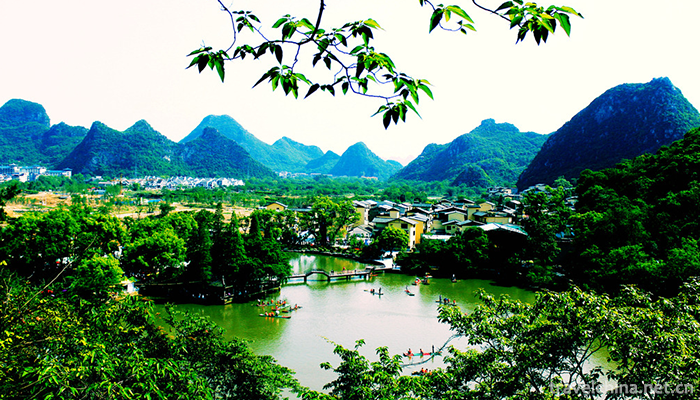
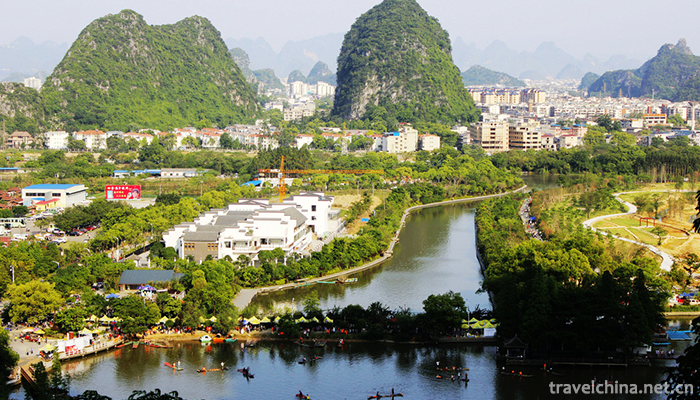
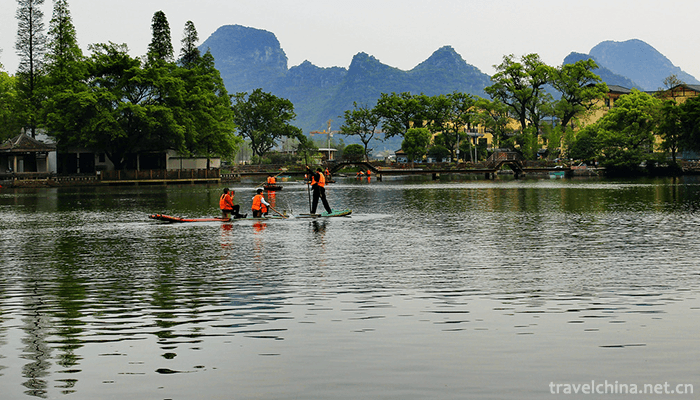
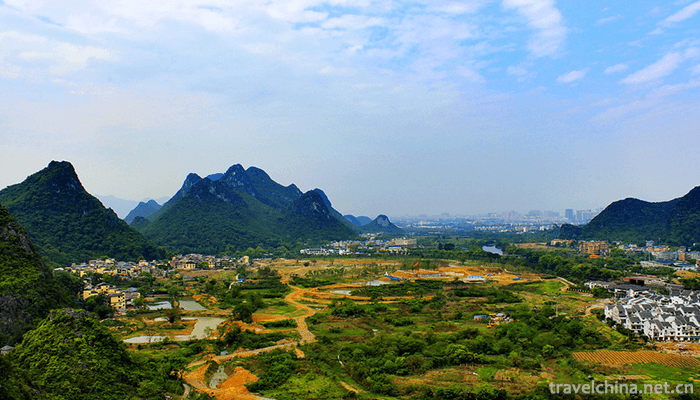
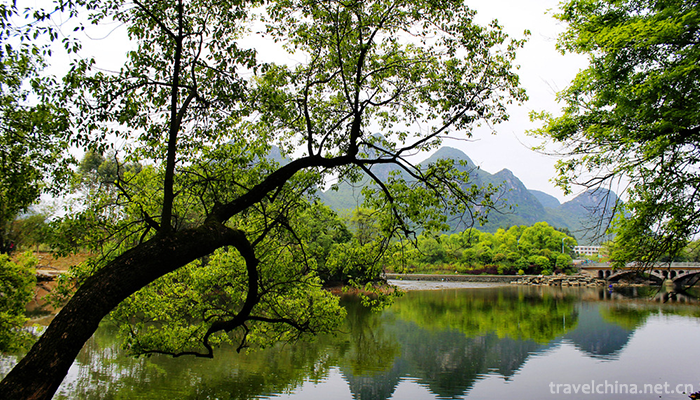
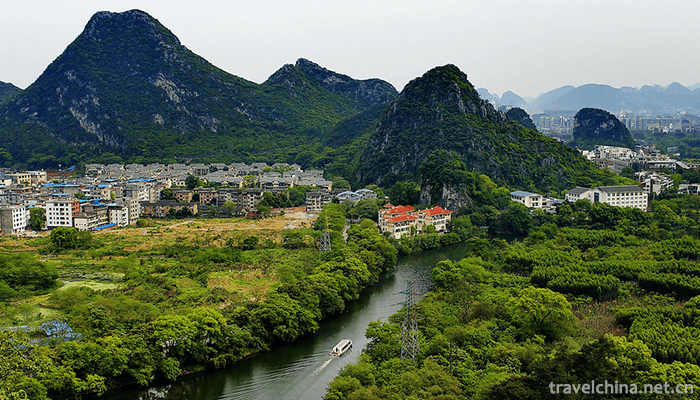
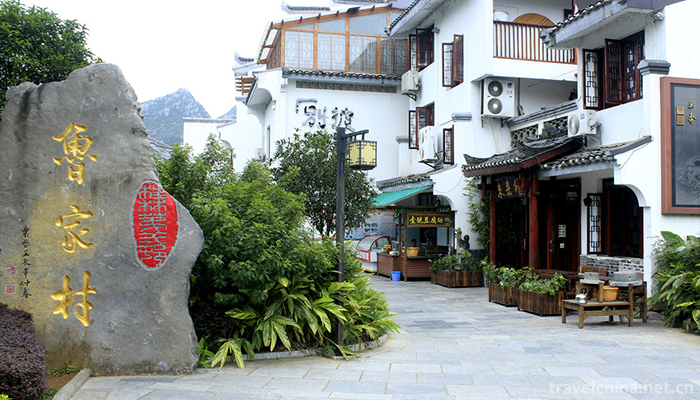
Ask a Question
Your email address will not be published.

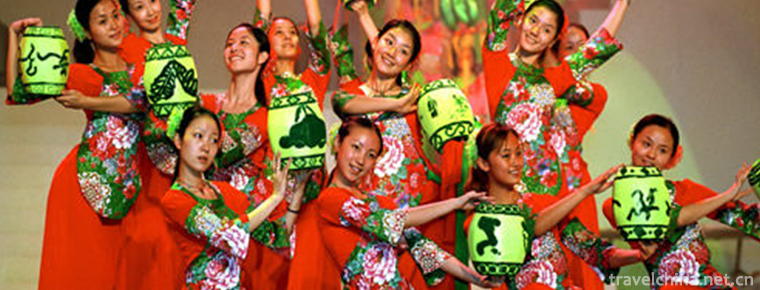
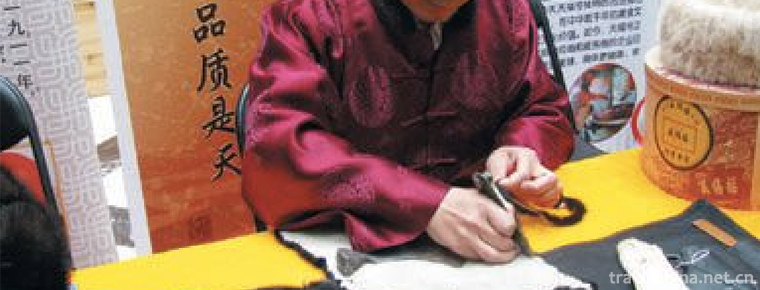
0 Questions